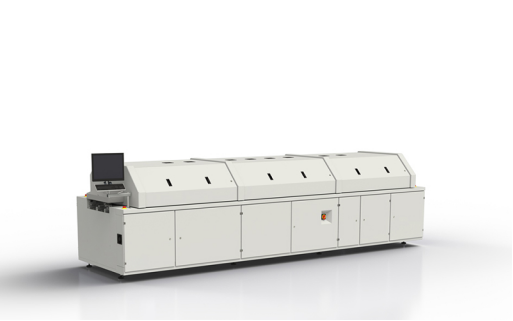Causes and prevention of cracks in SMT reflow solder joints
Release time:2024-03-06Publisher:Jeenoce
SMT reflow solder joint cracks are different from surface cracks. The presence of solder joint cracks can damage the effective connection between components and solder pads, seriously affecting the reliability of circuit boards. Below, JEENOCE will share with you the causes and prevention of SMT reflow solder joint cracks.

Reasons for SMT reflow solder joint cracks:
1. Improper operation may cause mechanical damage to the solder joints;
2. Solder alloys are contaminated by elements such as Pb, resulting in very inconspicuous asynchronous solidification of solder joints, resulting in low melting point brittle phases and stress concentration phenomena. These phases can easily become the source of crack propagation and subsequently propagate;
3. Insufficient cooling speed was not adopted, resulting in excessively thick and uneven serrated brittle intermetallic compounds between solder pads and solder, or between pins and solder;
4. Various factors such as mismatch between solder and coating that cause poor solder wetting may ultimately lead to the formation of solder joint cracks;
The most common occurrence is the cracking of solder joints after conducting tests such as wetting cycles or tensile tests.
Preventive measures for SMT reflow solder joint cracks:
1. Reduce mechanical vibrations during welding and transmission processes;
2. Strictly follow the standard operation to avoid contamination from other elements during the assembly process and ensure that the entire process meets the requirements of lead-free treatment;
3. Adopt an appropriate cooling rate to obtain a smooth and moderately thick intermetallic compound;
4. Take measures to ensure that the solder is well spread out.

